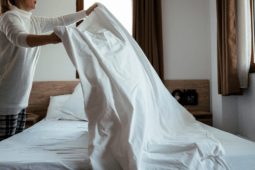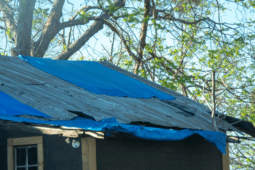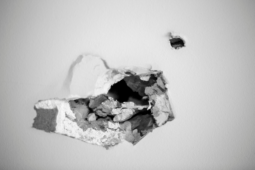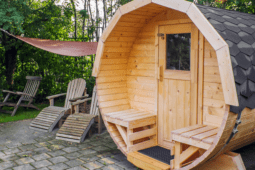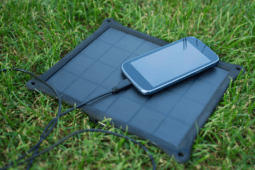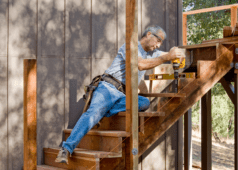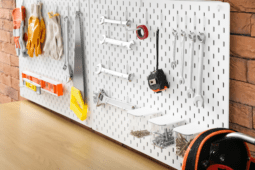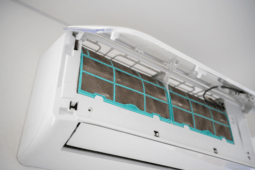OSB vs. Plywood: Which to Use for Your DIY Projects?
If you’re a DIY enthusiast or a woodworking aficionado, you’ve likely pondered the age-old question of whether to use OSB (Oriented Strand Board) or plywood for your projects. Both materials have their strengths and weaknesses, but making the right choice can significantly impact the outcome of your DIY endeavors. In this guide, we’ll break down the OSB vs. Plywood debate, giving you the information you need to make an informed decision.
Understanding OSB (Oriented Strand Board)
Let’s start with OSB, which stands for Oriented Strand Board. This engineered wood product is composed of wood strands or flakes pressed and bonded together with adhesive. It’s often used in industries such as construction, packaging, automotive, and industrial applications. OSB is known for its affordability and versatility.
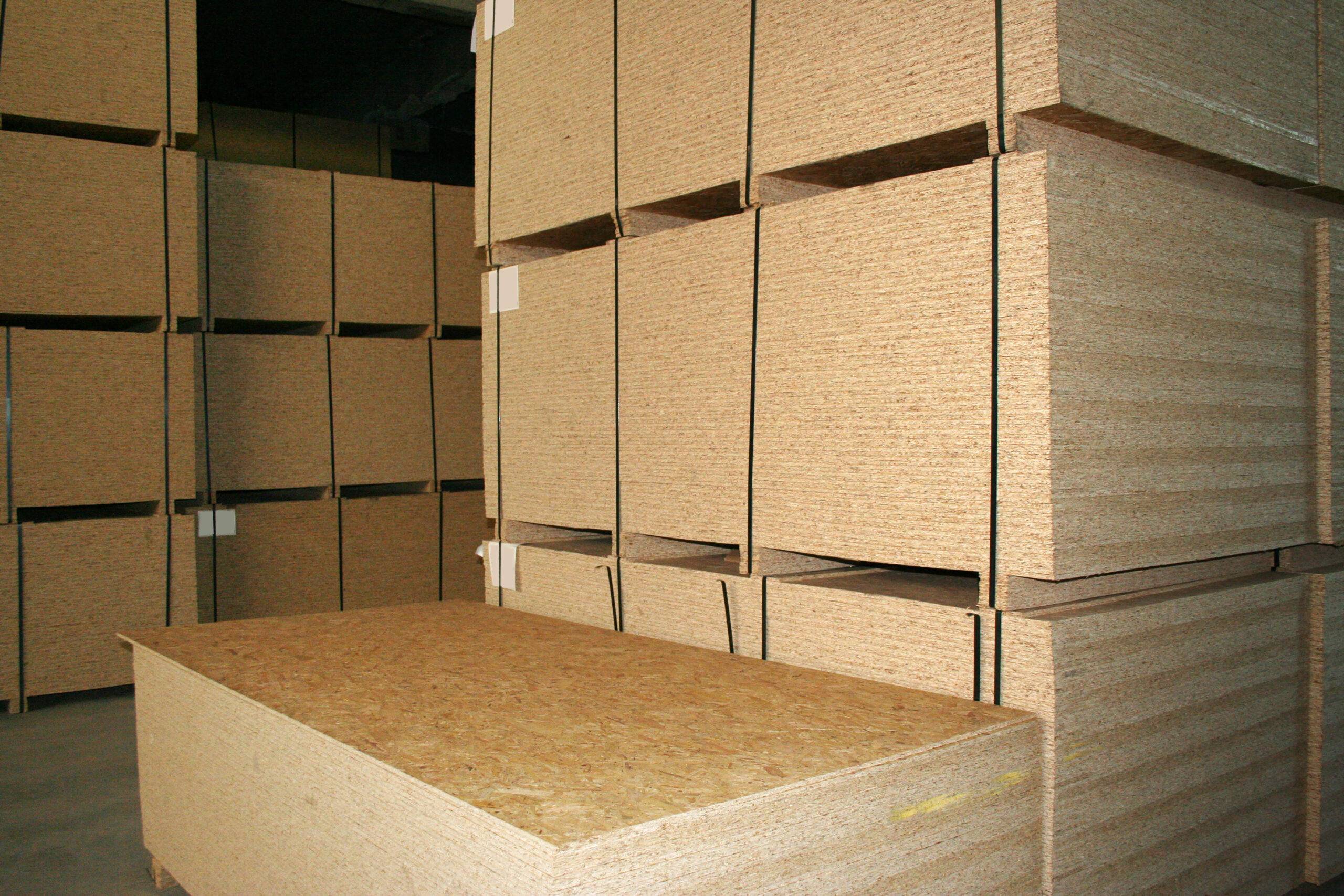
Pros of OSB:
- Cost-effective: OSB is typically less expensive than plywood, making it a budget-friendly choice.
- Strength: OSB is sturdy and can withstand heavy loads, making it suitable for subflooring.
- Sustainability: OSB is made from fast-growing wood species, reducing the environmental impact of its production.
Cons of OSB:
- Moisture sensitivity: OSB is more susceptible to moisture damage compared to plywood.
- Limited finish options: It may not be the best choice for projects where appearance matters.
Getting to Know Plywood
Plywood, on the other hand, is a classic favorite among DIYers and professionals alike. It’s made from thin layers of wood veneers glued together, with adjacent layers having their grains rotated at right angles to each other. This cross-grain construction gives plywood its strength and stability.
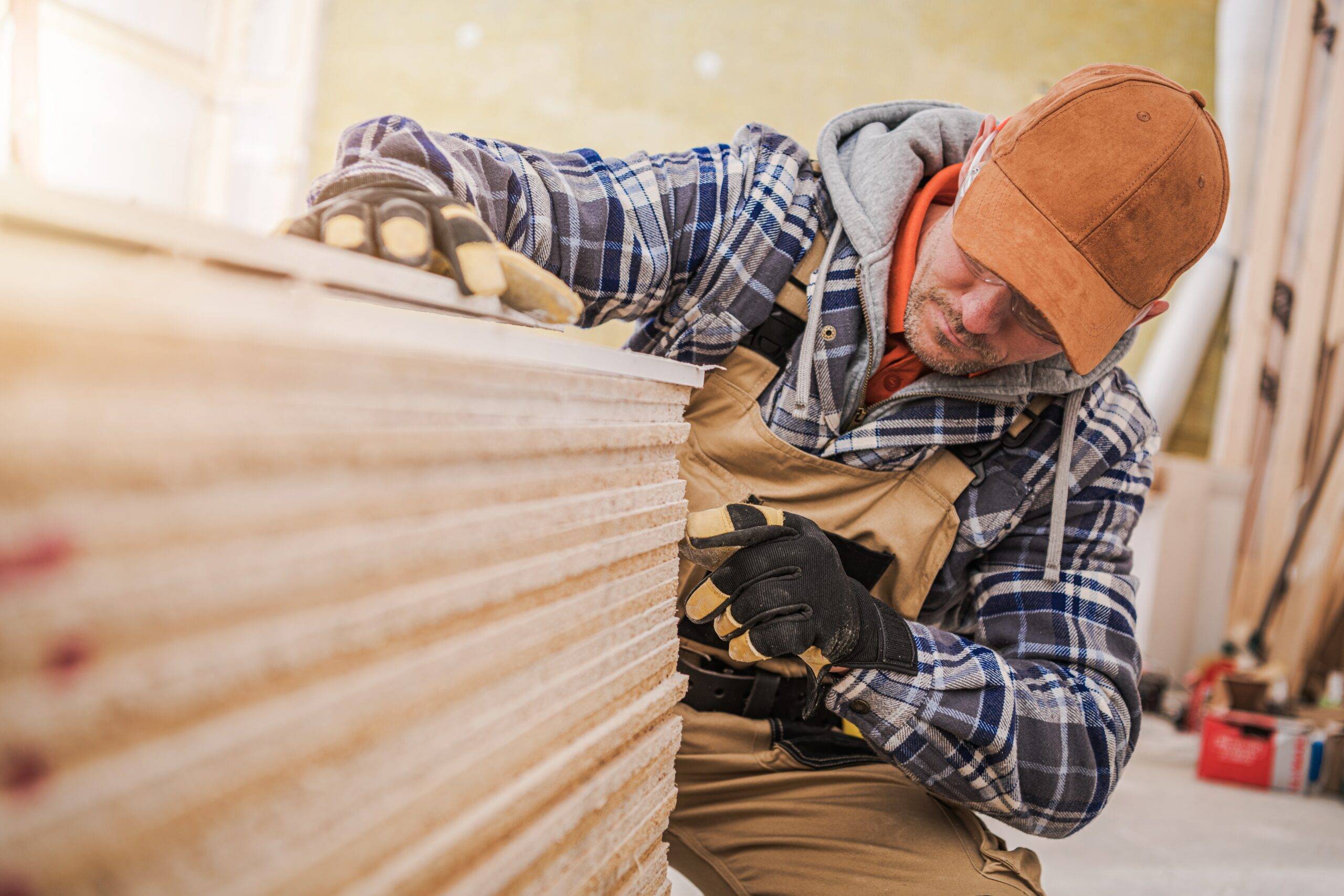
Pros of Plywood:
- Durability: Plywood is highly durable and can resist warping and cracking.
- Moisture resistance: It handles moisture better than OSB, which makes it suitable for outdoor projects.
- Versatility: Plywood comes in various grades and finishes, making it adaptable for different applications.
Cons of Plywood:
- Cost: Plywood tends to be more expensive than OSB, which can impact your project’s budget.
- Weight: It can be heavier, which may not be suitable for some applications.
OSB vs. Plywood: A Head-to-Head Comparison
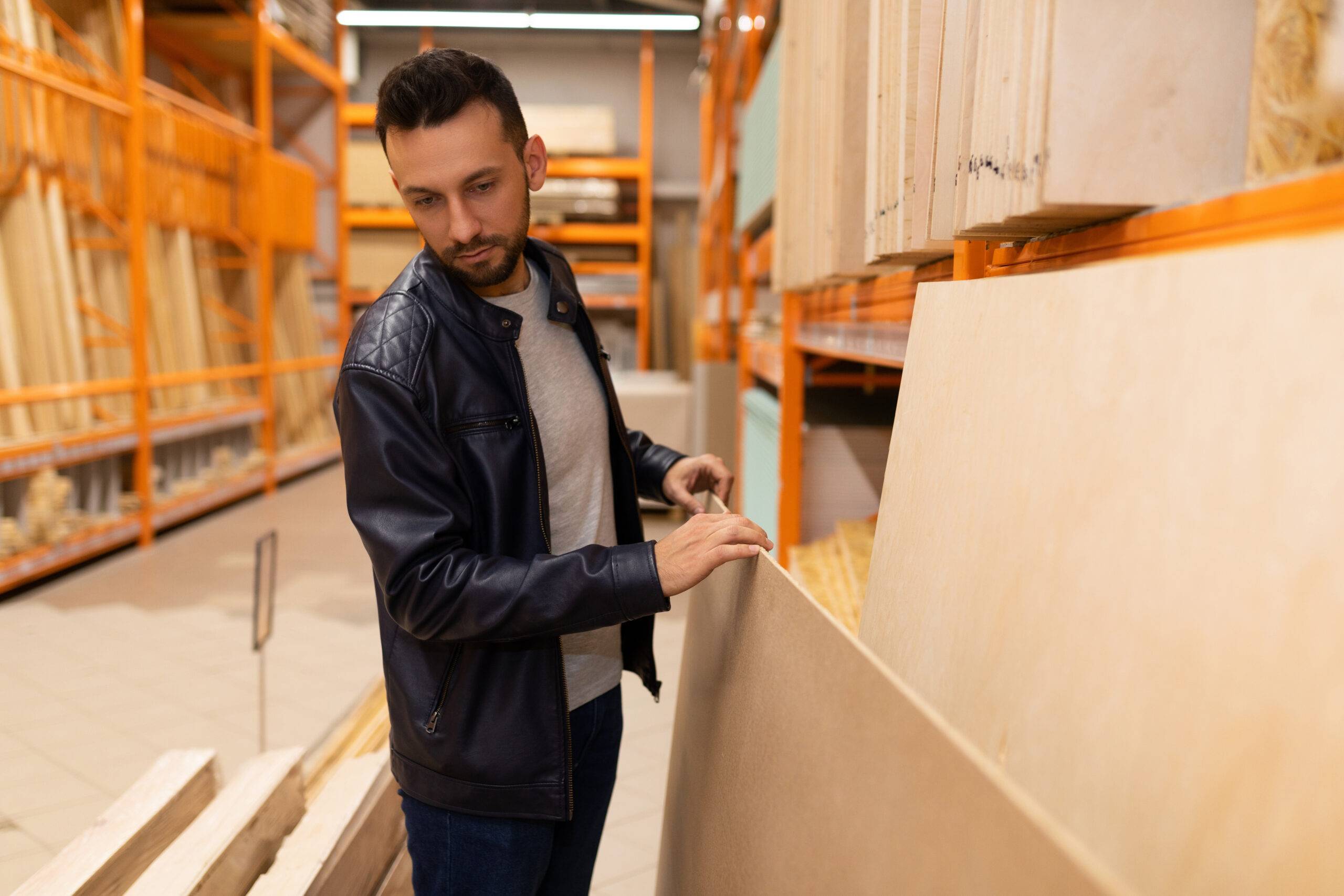
Strength and Durability
When it comes to strength and durability, both OSB and plywood have their merits. OSB is known for its exceptional load-bearing capacity, making it ideal for subflooring and roofing. Plywood, on the other hand, offers superior resistance to warping and cracking, making it a strong contender for outdoor and structural applications.
Moisture Resistance
Plywood outshines OSB in moisture resistance. If you’re working on outdoor projects or areas prone to humidity, plywood is the better choice. OSB is more susceptible to swelling and damage when exposed to moisture.
Cost and Affordability
OSB is the winner in the cost category. It’s typically more budget-friendly than plywood, making it a favorite for cost-conscious DIYers. However, if you have room in your budget and require durability and a polished finish, plywood might be worth the extra investment.
Workability and Appearance
Plywood takes the lead in terms of workability and appearance. It’s easier to cut, shape, and finish, making it the preferred choice for projects where aesthetics matter. OSB, on the other hand, may not offer as many finish options and is rougher in appearance.
Common Applications
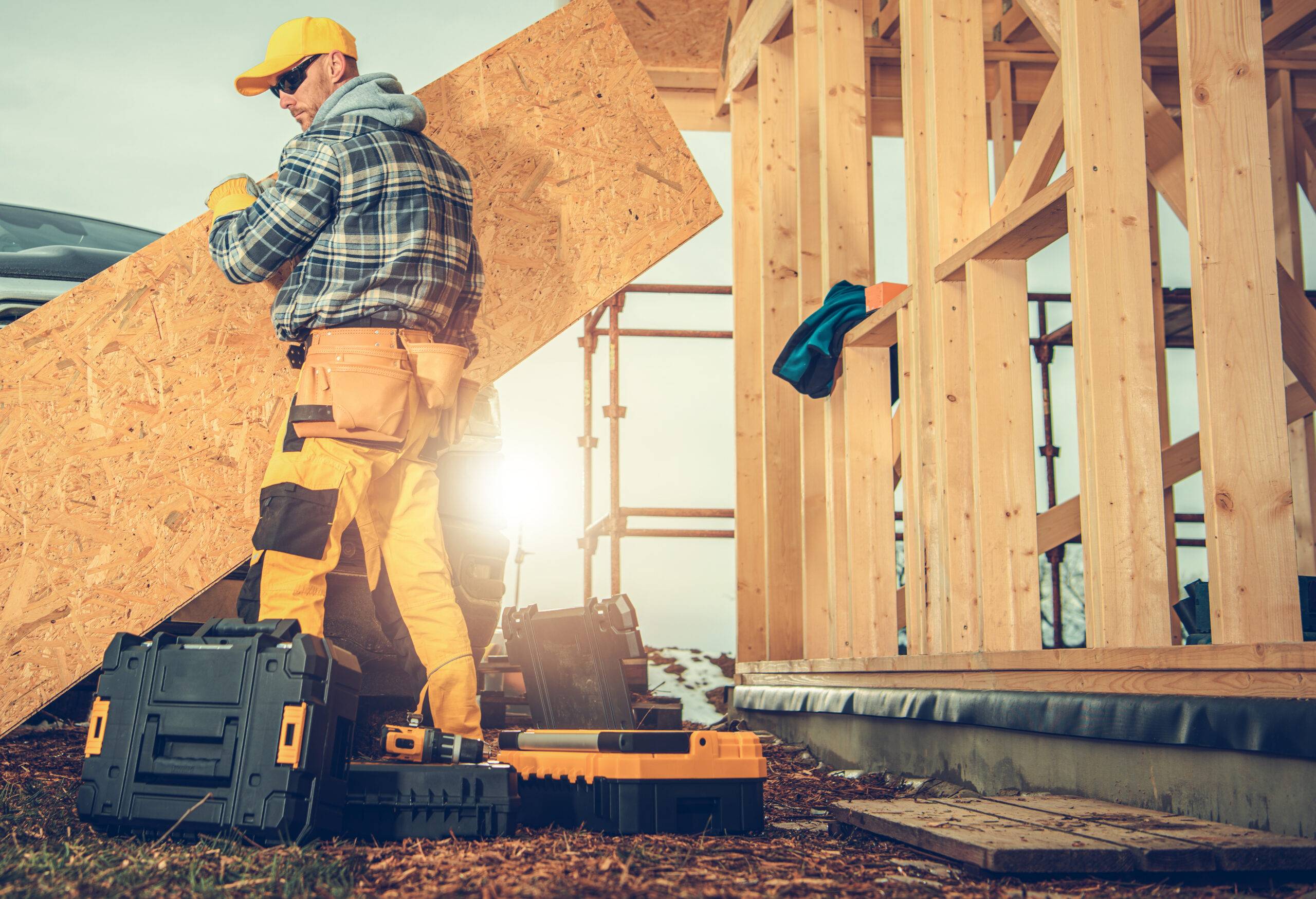
Choosing between OSB and plywood depends on the project at hand. Here are some common applications for each material:
OSB:
- Subflooring in construction
- Roof sheathing
- Temporary structures
- DIY shelving units
Plywood:
- Outdoor projects like decks and fences
- Furniture construction
- Cabinets and countertops
- Fine woodworking and crafts
Environmental Considerations

If sustainability is a concern, both OSB and plywood have eco-friendly options. Look for products with certifications like FSC (Forest Stewardship Council) or the Sustainable Forestry Initiative (SFI) to ensure responsible sourcing and production. When choosing OSB or plywood, be mindful of the chemicals and adhesives used. OSB commonly contains formaldehyde adhesives, emitting VOCs, but low-emission and formaldehyde-free options are available. Plywood’s formaldehyde emissions depend on the adhesive type used, with formaldehyde-free alternatives also being accessible.
Tips for Choosing the Right Material
When deciding between OSB and plywood, consider the following factors:
- Project requirements: What is the project’s purpose and location?
- Budget: How much can you allocate to the material cost?
- Aesthetics: Do you need a smooth, polished finish?
Maintenance and Care
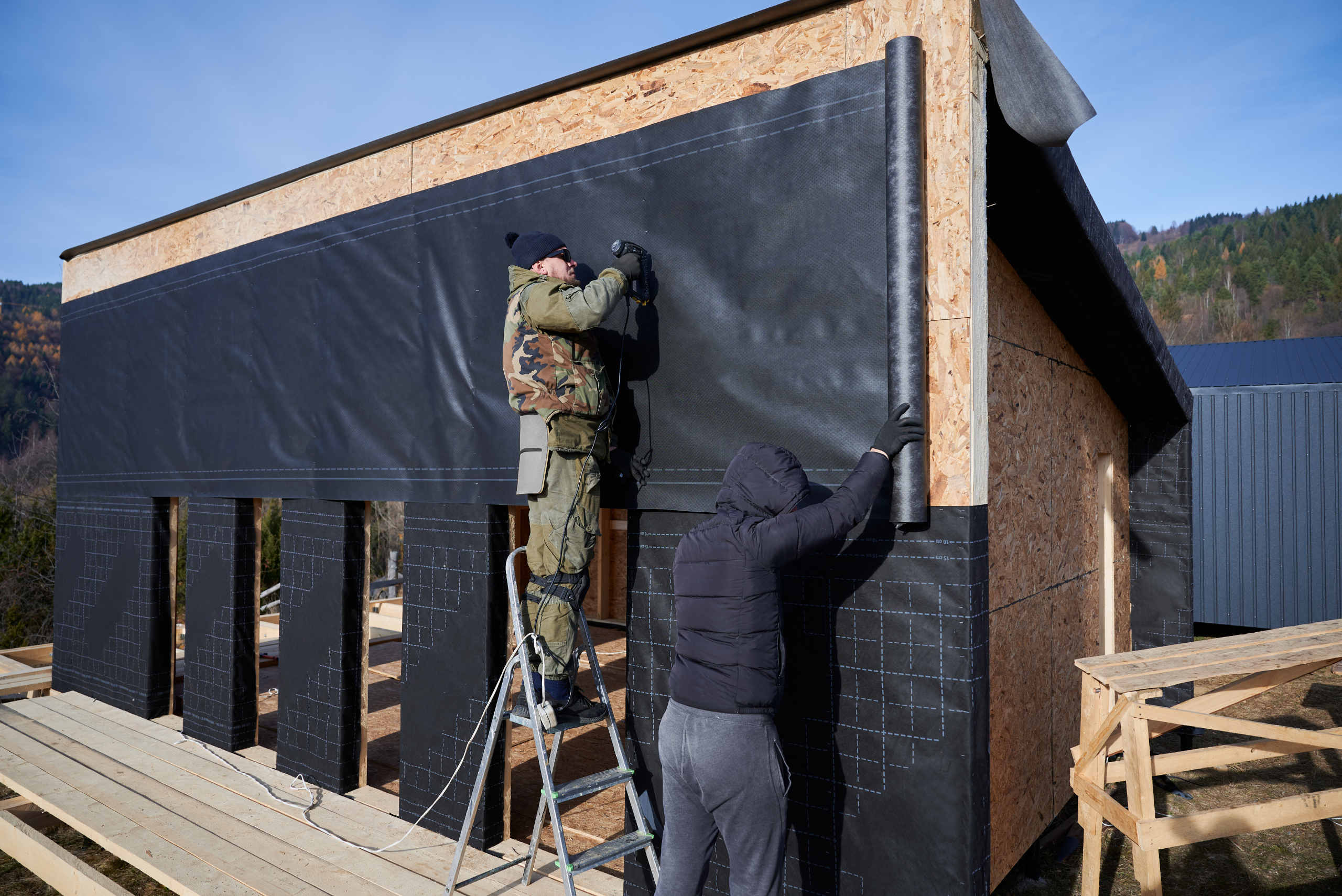
Regardless of your choice, proper maintenance is essential for the longevity of your projects. Apply finishes, coatings, or sealants as necessary to protect your wood from the elements and extend its lifespan.
Whether you opt for OSB or plywood depends on your specific project needs, budget, and personal preferences. Both materials have their strengths, and knowing when to use each can make a significant difference in the success of your DIY projects. So, roll up your sleeves, pick the right material, and embark on your next woodworking adventure with confidence!

